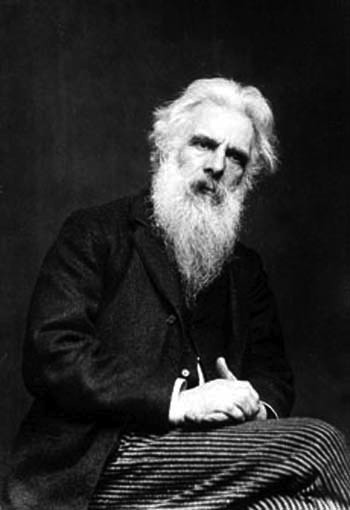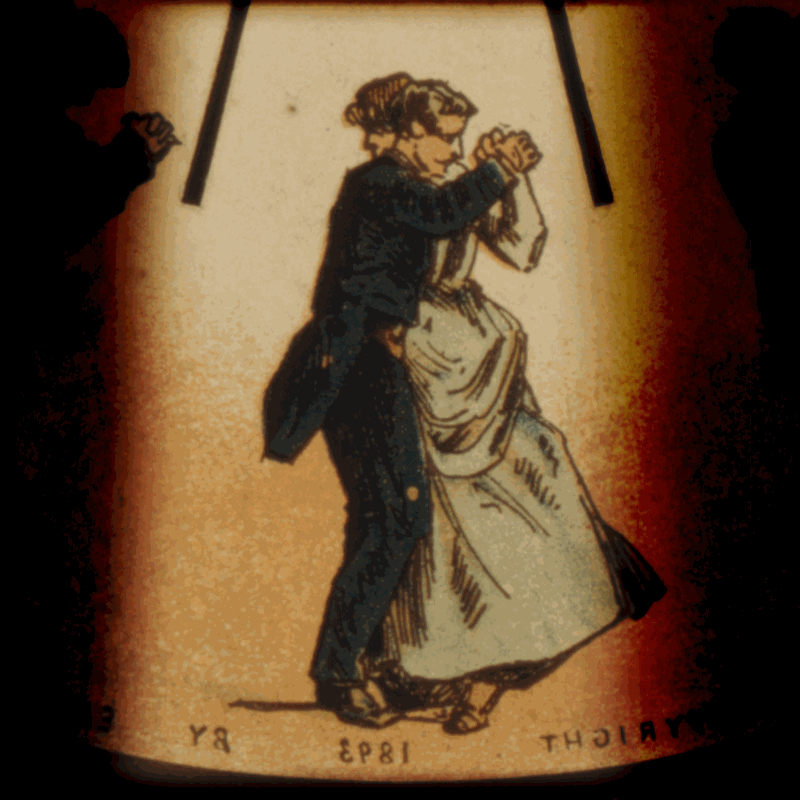

https://www.youtube.com/watch?v=5Awo-P3t4Ho&t=105s
Notes from Motion studies: time, space & Eadweard Muybridge by Rebecca Solnit
The 1870s: In that decade the newly invented telephone and phonograph were added to the photography, telegraphy, and the railroad as instruments for "annihilating time and space".
Muybridge produced more successful high-speed photographs than anyone had before.
Muybridge's Zootrope, a small device invented in 1834 that makes a series of spinning images seen through a slot appear to be a single image in motion.

Motion pictures changed the relationship to time further, they made it possible to step in the same river twice, to see not just images but events that had happened in other times and other places, almost to stop living where you were and start living in other places or other times. Movies became a huge industry, became how people envisioned themselves and the world, defined what they desired and what was desirable. Andrej Tarkovsky thought that time itself, "time lost or spent or not yet had," was what people desired and fed upon in the films that became a collective dream world inhabited by multitudes. It all began with photographs of a horse in California.
The transcontinental railroad changed the scale of the earth itself, diminishing the time it took to circumnavigate the globe. With the completion of the railroad those three thousand miles of desert, mountain, prairie, and forest could be comfortably crossed in under a week.
Ulysses S. Grant remembered riding on one of the early railroads in Pennsylvania in 1839 with the same amazement that most early travellers recorded: "We travelled at least eighteen miles an hour when at full speed, and made the whole distance averaging as much as twelve miles an hour. This seemed like annihilating space. "If distance was measured in time, then the world had suddenly begun to shrink, places connected by railroads were, for all practical purposes, several times closer to each other than they ever had been.
People were being drawn out of their small familiar worlds into one more free, less personal, in which the associations that once attached to each person, place, and objects came undone.
Grant and Emerson were sounding variations on one of the stock phrases of the day, "the annihilation of time and space," which was applied over and over to railroads and other new technologies.
The third great transformer of time: photography. For if railroads and photography had one thing in common, it is that they bought the world closer for those who rode or looked. (p. 14).
No comments:
Post a Comment